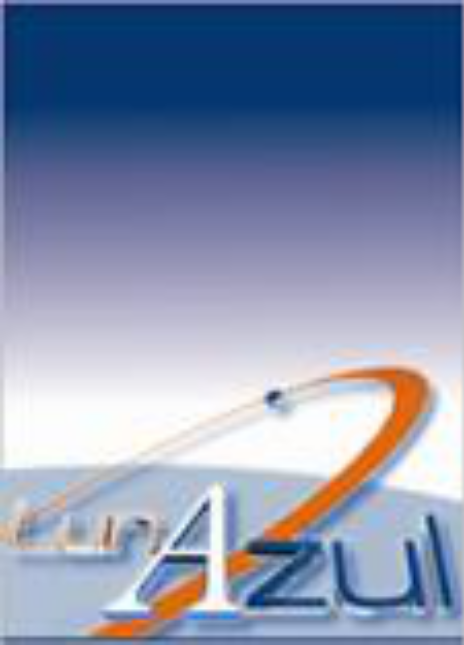Authors
Abstract
The environmental impacts of coal extraction and production are very high and vary depending on the methods used in underground mining. The thermal coal extraction scenarios in the municipality of Paipa, Boyacá were determined and the environmental aspects involved were evaluated through the application of the SimaPro 8.5.0 ® software, stratified by resources, materials and quantity of coal to be exploited in three mines chosen for the Life Cycle Impact Assessment (LCIA), based on the NTC-ISO-14040 for each of the extractive methods identified in the municipality with the Eco-indicator tool 99-H-V2.06/Europe-EI-99-HE-HAS®. It was determined that the manual starting method is less polluting for all damage categories, depending on materials and tools used in the mine, it is also the second most productive when analyzing the life cycle (LC) for monthly production. The mechanized method with electric hammer, reported greater impact on all damage categories both, when evaluated in the LC by monthly production, being the mine that uses this method the one that generates more coal, and when analyzing the LC that involves the amount of materials and resources used. The semi-mechanized start up (combination of electric hammer and pick-shovel) is the one that has less impact when analyzing the monthly production and the second to impact when analyzing the technique used for the start-up. Of all the categories of damage the most impacted is human health, associated with occupational exposure in the development of this work.
References
Awuah-Offei, K. & Adekpedjou, A. (2011). Application of life cycle assessment in the mining industry. The International Journal of Life Cycle Assessment, 16(1), 82-89. https://bit.ly/3hHvGZu
Barrios, M. (13 de octubre de 2014). Carbón ha causado 22 enfermedades en corredor minero. El Heraldo. https://bit.ly/3Cl6IbB
Bernatene, M. D. R. y Canale, G. J, (2018). Innovación sustentable en Diseño a partir de la integración del análisis de Ciclo de Vida (ACV) con Cadenas Globales de Valor (CGV). Cuadernos del Centro de Estudios en Diseño y Comunicación. Ensayos, (69), 1-6. https://bit.ly/375Mveu
EIA. (2020). Internacional - Administración de Información Energética de EE. UU. (EIA). https://bit.ly/3Mo23u5
European Association for Coal and Lignite (Eurocoal). (2016). World coal market developments – world coal production and seaborne trade. Madrid: European Association for Coal and Lignite. Link
Goedkoop, M., Eftting, S. y Collignon, M. (1999). Anexo, Eco indicador 99. Método para evaluar el impacto ambiental a lo largo del ciclo de vida. Pre consultants B.V. https://bit.ly/3IObnoP
Goedkoop, M. & Spriensma, R. (2001). The Eco Indicator 99, A damage oriented method for Life Cycle Impact Assessment. Pré Consultants B.V. https://bit.ly/3ILpNq0
Higuera Garzón, R. (2015). Minería del carbón en Boyacá: entre la informalidad minera, la crisis de un sector y su potencial para el desarrollo. Revista Zero, 33. https://bit.ly/34gZCbJ
Kommalapati, R., Hossan, I., Botlaguduru, V., Du, H. & Huque, Z. (2018). Life Cycle Environmental Impact of Biomass Co-Firing with Coal at a Power Plant in the Greater Houston Area. Sustentability, 10(7), 1-18. https://bit.ly/3ty0W2n
Martínez, C. (2005). Neumoconiosis. Revista patología respiratoria, 8(1), 43-44. https://www.revistadepatologiarespiratoria.org/descargas/pr_8-1_43-44.pdf
Mieras, E. (29 de octubre de 2013). Putting the metrics behind sustentability. Eco-indicador 99 Manuales. Link
NTC ISO 14040. (2007). Análisis de Ciclo de Vida. Principios y Marco de Referencia. Link
Unidad de Planeación Minero-Energética (UPME). (2005). La cadena del carbón: El carbón colombiano fuente de energía para el mundo. Unidad de Planeación Minero Energética. https://bdigital.upme.gov.co/bitstream/001/874/1/upme_388_cadena_carbon_2005.pdf
Unidad de Planeación Minero-Energética (UPME). (2021). Carbón. UPME. https://www1.upme.gov.co/simco/Cifras-Sectoriales/Paginas/carbon.aspx


 PDF (Español)
PDF (Español)
 FLIP
FLIP
 HTML (Español (España))
HTML (Español (España))




























